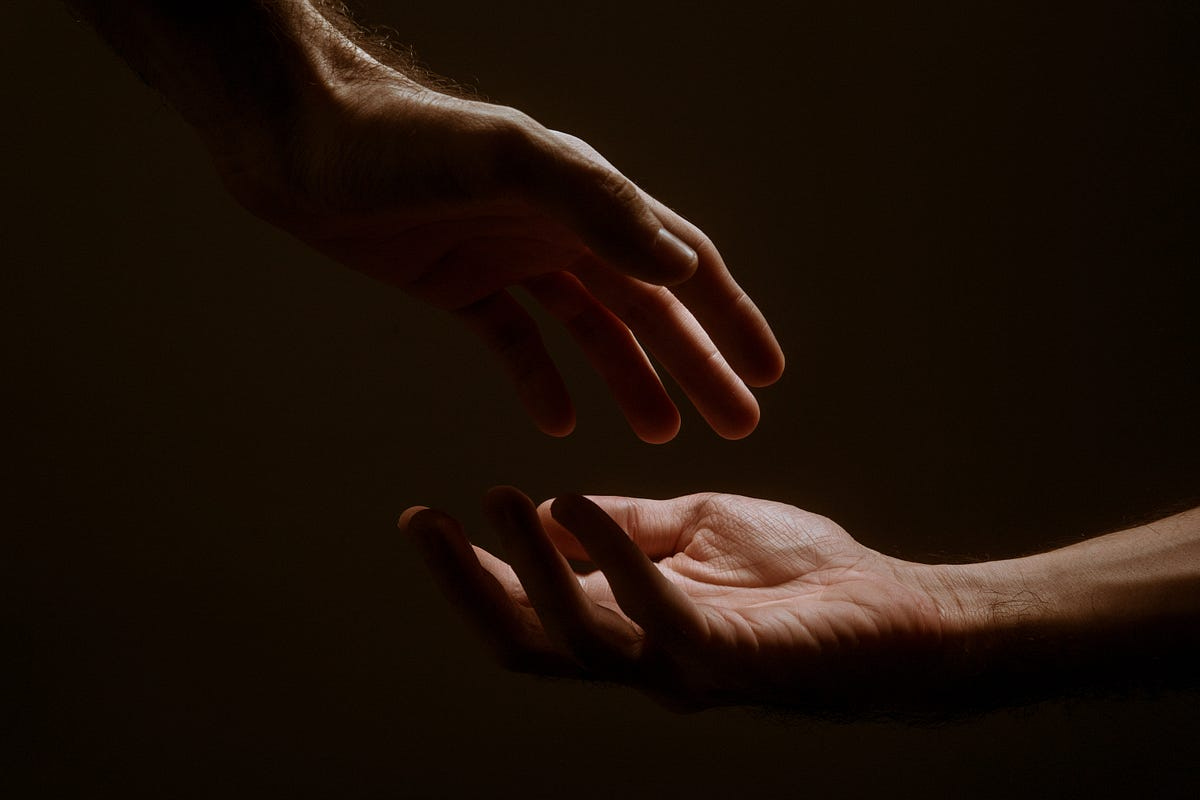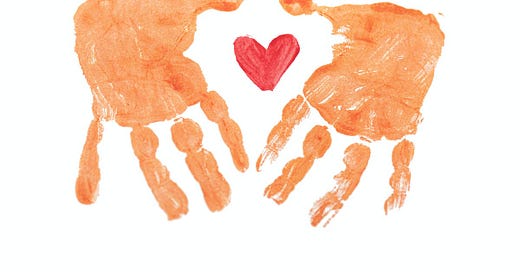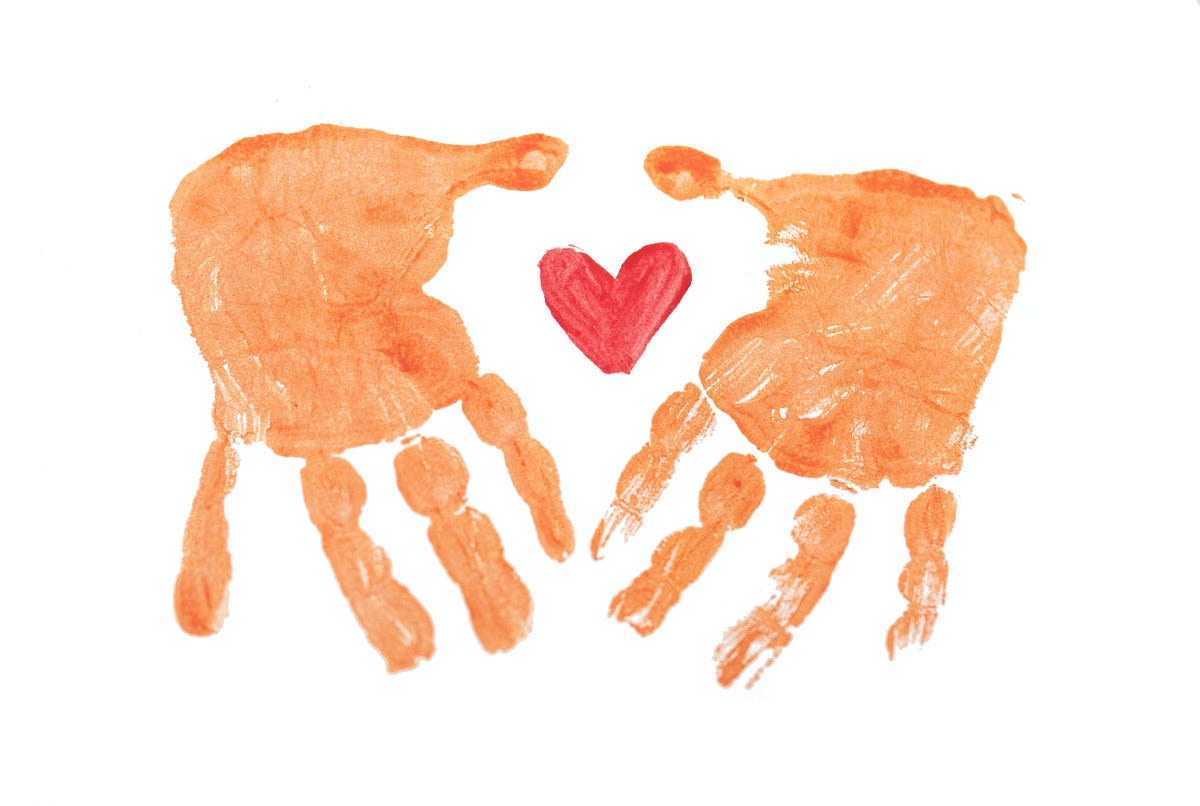Who Really Cares Anyway?
There are a small band of people you care for and then there is the rest of the world, others for whom you don’t really give a toss.
Oh sorry, did I misrepresent you? You do care for others? Really?
In our lives, we often find ourselves weaving patterns of care, compassion, and concern, where prioritize those who mean the most to us, in a sequence that seems to be hardwired into our emotional DNA. It’s a hierarchy of caring, an unwritten rule that governs our relationships and shapes our actions.
The Family Circle
At the core of this hierarchy lies our immediate family — the people who share our home and our hearts. For most, it starts with our spouse or life partner, that person who’s our confidant, our love, our rock. Then, there are our children, and, in time, our grandchildren. These are the individuals who occupy the top tier of our caring hierarchy.
Why is this the case? The answer is as simple as it is profound: it’s love. Our immediate family is woven into the fabric of our existence, and the bonds we share are irreplaceable. The joy, the laughter, the tears — all of these experiences strengthen our connection and reinforce the idea that they are our most important responsibility.
Let’s consider a personal example. My son recently faced a tough situation at work. It was remarkable how my world seemed to pause, focusing entirely on his concerns. The empathy and desire to support him were instinctual, illustrating the power of family ties in our hierarchy of caring.
The Extended Family and In-Laws
Extending from our immediate family, we find the extended family and in-laws. These relationships are certainly not relegated to the realm of indifference, but they typically come next in the pecking order. The dynamics here are often influenced by cultural and societal expectations.
For example, during family gatherings, our interactions with extended family members are tinged with affection and responsibility. It’s not unusual for us to care deeply about their well-being, even if they don’t occupy the same space in our hearts as our immediate family. This web of connections reflects the complexities of our caring hierarchy.
Acquaintances and Friends
Acquaintances and friends, however, often find themselves in a somewhat lower tier. These relationships, though valuable, can sometimes be more fragile and demanding of conscious effort. The nurturing of friendships necessitates time, energy, and attention that, given the limited hours in a day, might not be available.
Maintaining friendships is no easy task, and as life gets busier, they can sometimes slip down the rungs of our caring ladder, though this doesn’t mean we don’t care about our friends, it merely highlights the inherent challenges in balancing all the relationships we value.
Think about a friend you haven’t seen in a while. When you finally meet, the connection is still there, but the gap in time reminds us of the ongoing balancing act that is the hierarchy of caring.

Nobody Else?
So, what about the rest of the world? The idea that “nobody else” matters is a sentiment shared by many, and it’s a topic that warrants consideration. In a world teeming with problems and issues, it’s easy to succumb to the feeling of detachment.
One explanation for this is empathy fatigue. We are inundated with a constant stream of news and information about suffering, injustice, and crises. It’s emotionally taxing, and our capacity to care becomes stretched thin. As a result, we may find ourselves indifferent to many of the world’s troubles, leading to the perception that “nobody else” matters.
Consider, for a moment, a humanitarian crisis unfolding in a distant land. While the initial shock and compassion may be present, as time passes, it becomes increasingly challenging to sustain that level of caring, and this is a poignant illustration of the complexities of our capacity for empathy.
Rethinking Caring
But here’s the crux of the matter: Does it have to be this way? Is our hierarchy of caring set in stone, with no room for expansion? The answer is a resounding no. Caring is a dynamic concept, and our ability to empathize and support extends beyond our immediate circles.
We need only look at inspiring individuals and organizations to see that caring can transcend boundaries. There are countless stories of people who have dedicated their lives to causes that extend far beyond their immediate family or friends. They have channelled their empathy and compassion into creating positive change on a broader scale.
Consider, for instance, the countless volunteers who assist during natural disasters, or the activists who tirelessly fight for social justice. These are people who illustrate the profound impact of caring beyond their immediate circle, and their efforts serve as a reminder of the boundless potential within each of us to make a difference in the world.
In the end, our capacity for caring is a complex interplay of love, duty, and the limitations of our emotional capacity. It’s natural to prioritize our immediate family and loved ones, but it’s equally important to recognize the potential for expansion. The world is rife with opportunities to care, to empathize, and to make a positive impact beyond our innermost circle.
But we should also embrace the possibility of redefining our caring boundaries, because our capacity to care for others is one of the most powerful forces we possess in shaping a more compassionate world.





